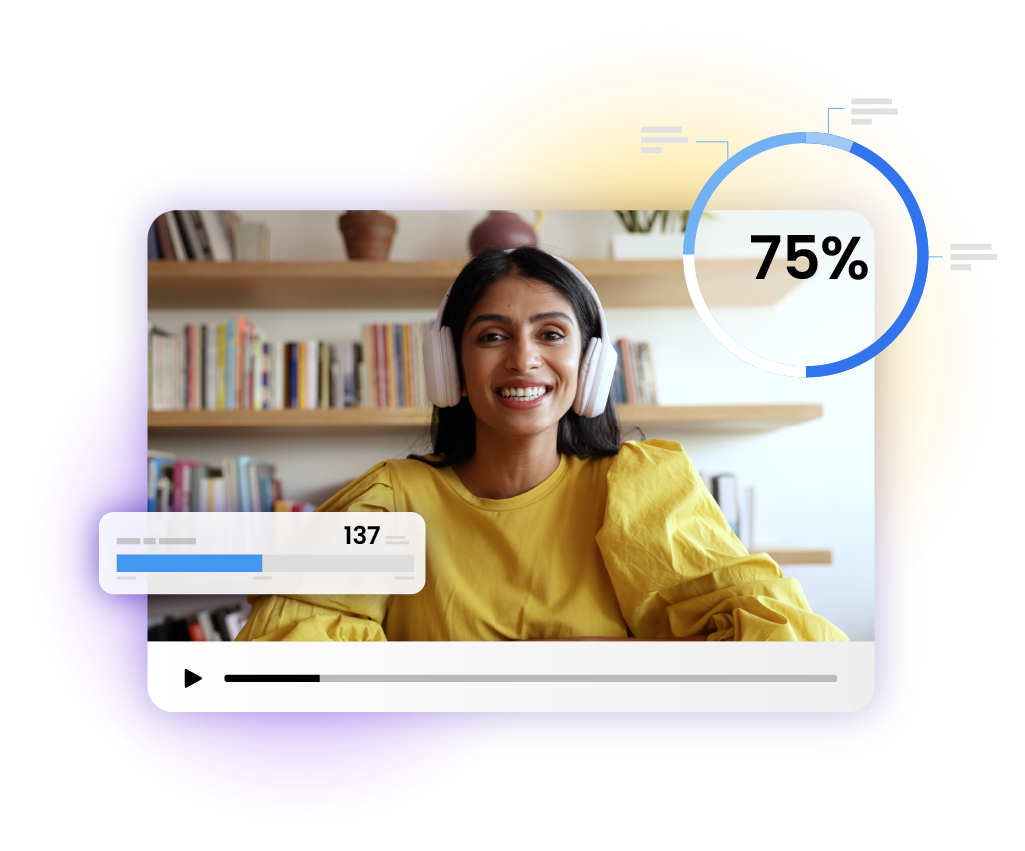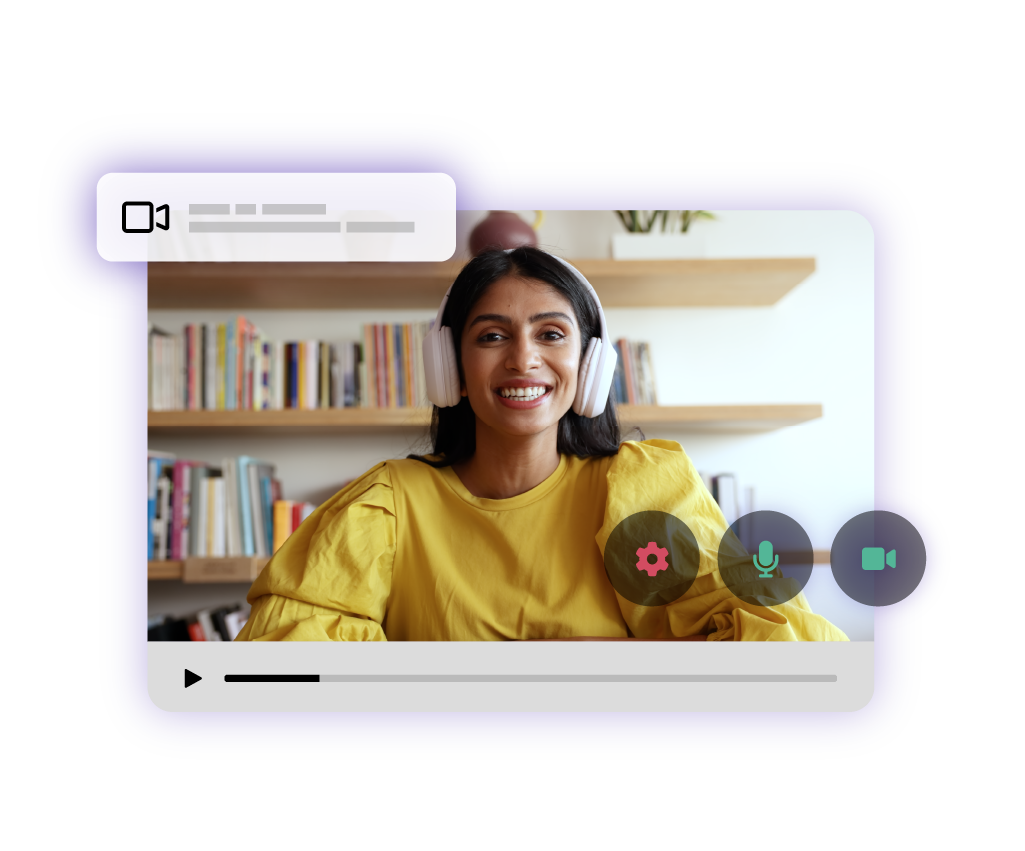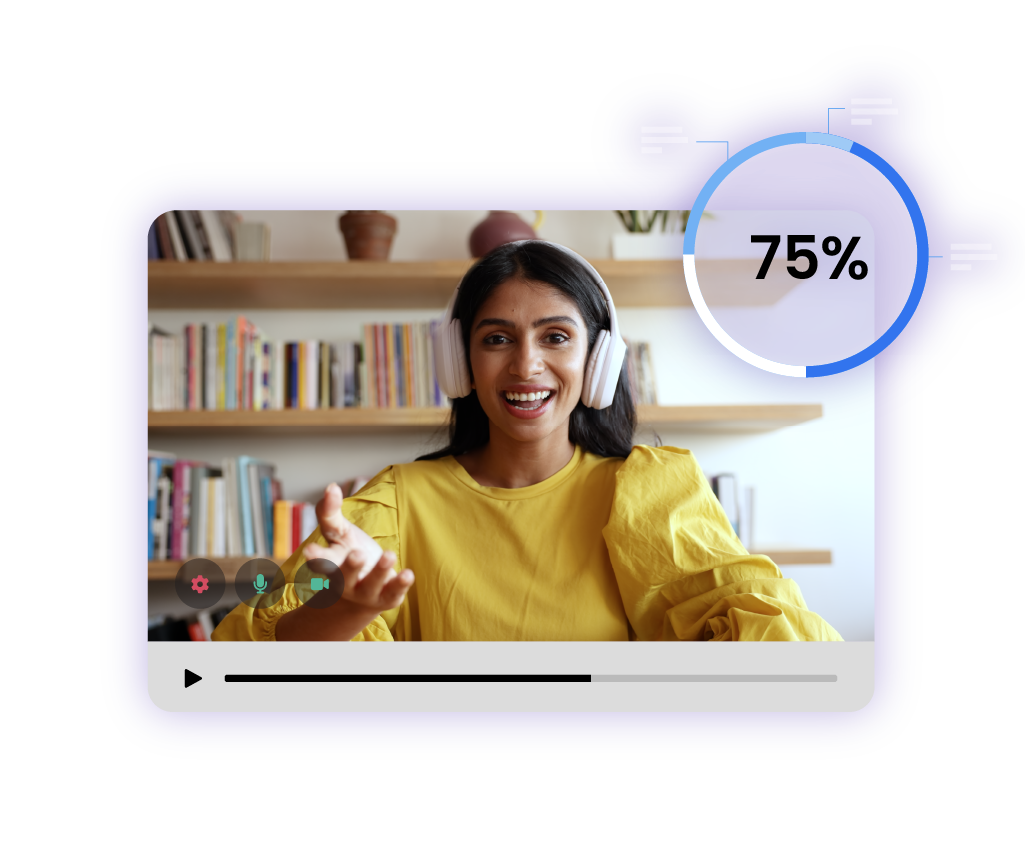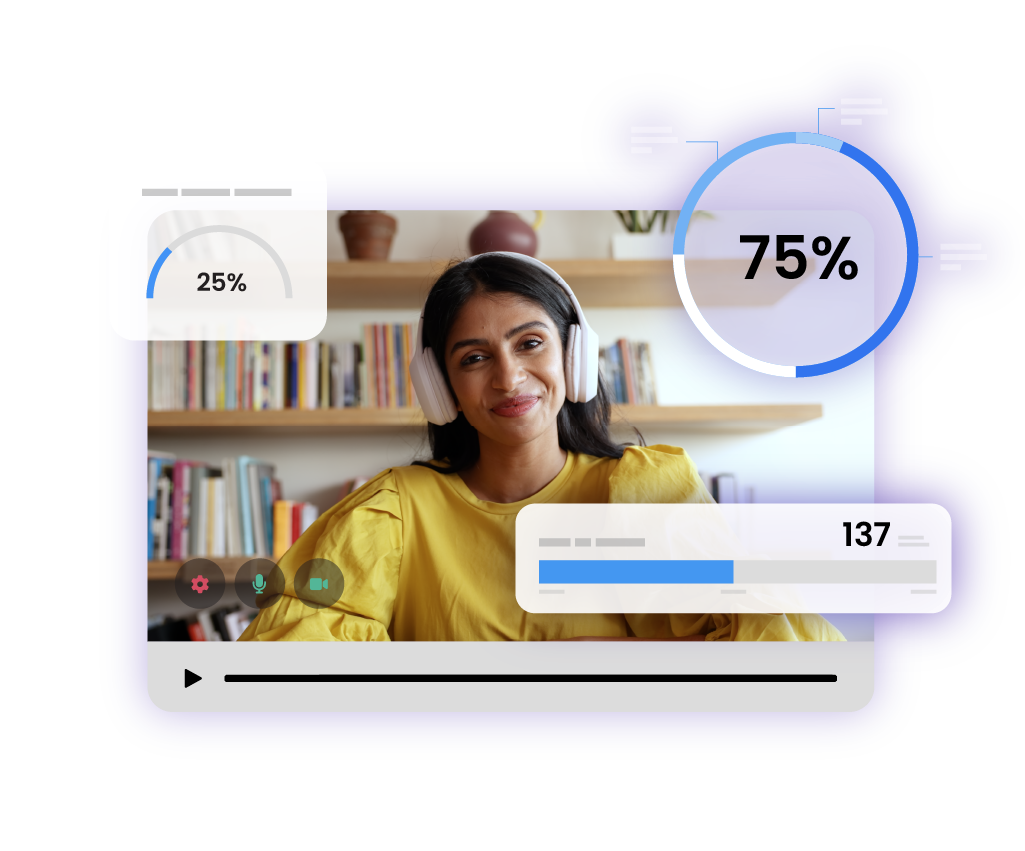AI/ML VIDEO ASSESSMENTS
Automate personalized assessments
Use Litmos AI Assessments to conduct interactive video assessments that provide AI and machine learning-powered personalized feedback.
Use Litmos AI Assessments to conduct interactive video assessments that provide AI and machine learning-powered personalized feedback.






Aligned with current learning trends, Litmos harnesses powerful machine learning to deliver interactive and effective learning experiences that resonate with today's learners.
Human bias can influence assessment outcomes, leading to inconsistencies and unfair judgments. With AI-driven assessment, the system evaluates responses based on predefined criteria, reducing the risk of subjective interpretations.
Gain a competitive edge and streamline video-based assessment grading by using the AI feedback of sentiment, speech pace, positivity, and key themes.



Leverage artificial intelligence to streamline the assessment process, personalize learning experiences, tag videos, and drive engagement and performance improvement.
AI video assessments analyze specific aspects of learners’ performance, including sentiment, keyword analysis, and rate of delivery, leading to more accurate evaluations.
The data generated by AI video assessments offers valuable insights into learners’ communication skills, which can help managers identify performance trends to be addressed or developed.
Organizations can utilize AI video assessment results to refine training strategies, develop targeted interventions, and continuously improve the effectiveness of their learning programs.
Learners who dread presentations can practice without pressure using interactive video-based assessments. Learners receive immediate feedback, which managers can review, creating a safe space for improvement.
AI-powered algorithms automatically assess video submissions, saving time and effort for instructors and administrators.
The Litmos learning platform scales effortlessly to accommodate large volumes of video assessments, making it suitable for organizations of all sizes.